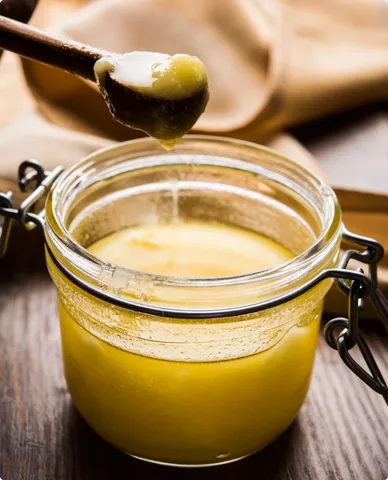HACCP
HACCP stands for hazard analysis and critical control points. It is a systematic approach used to identify, evaluate and control risks to ensure safety and standards in the processing of animal by-products.
HACCP (hazard analysis and critical control points) is a globally recognized safety management system that was originally developed for food processing, but is now widely applied in the processing of animal by-products. The system ensures product safety and quality by identifying and controlling potential hazards throughout the production process. The English acronym HACCP – hazard analysis and critical control points – is also used in the Czech context. We naturally use it at PEPITO as well.
How to implement HACCP
Principle 1: Conduct a hazard analysis
Identify potential biological, chemical and physical hazards that may arise when processing animal by-products. Evaluate the risks associated with these hazards and determine the preventive measures necessary to control them.
Principle 2: Determine the critical control points
Identify points in the process where hazards can be effectively controlled or eliminated. Establish critical control points at stages such as collection, shipping, processing and packaging where measures can be applied to prevent or minimize hazards.
Principle 3: Establish critical limits
Define maximum or minimum values for each critical control point that must be met to ensure hazard control. Critical limits may include temperature, time, pH and other quantifiable parameters specific to the processing of animal by-products.
Principle 4: Establish monitoring procedures
Develop procedures to monitor critical control points and ensure they remain within established critical limits. Monitoring activities may include regular temperature checks, visual inspections and testing specific to animal by-product processing.
Principle 5: Establish corrective actions
Define the steps to be taken if monitoring shows that critical control points are not within critical limits. Corrective actions ensure that discrepancies are addressed in a timely manner to prevent unsafe products from ever reaching customers.
Principle 6: Establish verification procedures
Implement verification activities to confirm that the HACCP system is operating effectively. Verification may include reviewing records, conducting audits and testing the effectiveness of the system for processing of animal by-products.
Principle 7: Establish procedures for record keeping and documentation
Maintain detailed records of hazard analyses, critical control points, critical limits, monitoring activities, corrective actions and verification procedures. Such documentation provides evidence of the effectiveness of the HACCP system and compliance with safety regulations for processing animal by-products.



